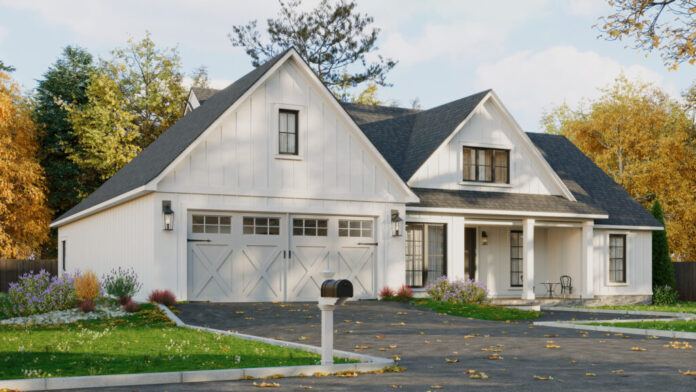By Dennis Michaud, Managing Director of CertainTeed Offsite Solutions
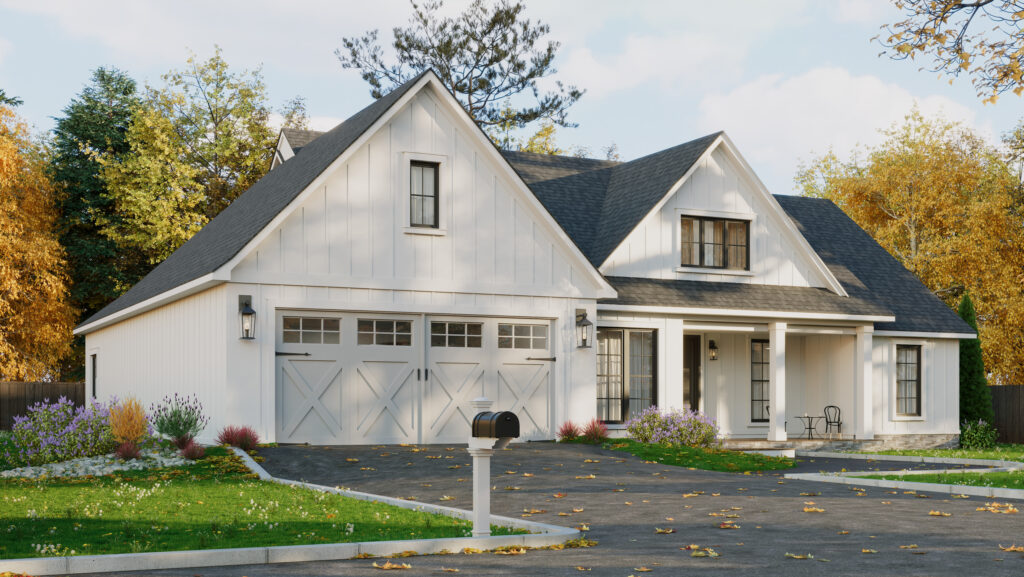
As housing demand continues to increase across the United States, offsite construction has been hailed as a game-changing solution in the building industry.
Building professionals operating in this space are largely familiar with the many benefits offsite offers in contrast to—or in combination with—traditional construction methods. Knowing the benefits is one thing. But it’s equally important be able to effectively communicate these advantages to clients, decision-makers, and partners who may not be as familiar with offsite construction’s transformative potential.
For decision-makers outside the construction space, terms like “prefabrication” or “modular” might carry outdated connotations of cheap, temporary structures or low design flexibility. It’s up to us to shift that narrative by emphasizing the tangible benefits—speed, precision, risk mitigation, and efficiency—that make offsite construction not just a viable option, but often the superior choice.
With this article, we’ll review five ways offsite construction bolsters the speed and efficiency of home building projects, while offering talking points that help reinforce the value you deliver to all building project stakeholders.
1. It Reduces Their Time to Occupancy
One of the most tangible advantages of offsite construction is its ability to significantly reduce crew time spent at the job site. Unlike traditional construction, where every phase of the build happens in sequential order onsite, offsite approaches allow for simultaneous processes. While foundation work is being completed onsite, panelized systems like wall, floor, and roofing systems, and even entire modules, can be fabricated offsite in a controlled environment.
This parallel processing drastically reduces the overall build timeline. Modular construction projects can take typical months-long project timelines and accelerate them to just weeks. The National Institute of Building Sciences estimates that the time savings afforded by modular and panelized construction approaches can be 30-50% faster than traditional construction methods.
The takeaway for your customers: By using offsite construction methods, we can complete your building faster and drastically reduce the time our crews spend onsite. This means fewer disruptions, faster project completion, less on-site risks (delays, injury, theft, vandalism, etc.) and shorter time to occupancy—an especially crucial consideration in residential developments where time truly is money.
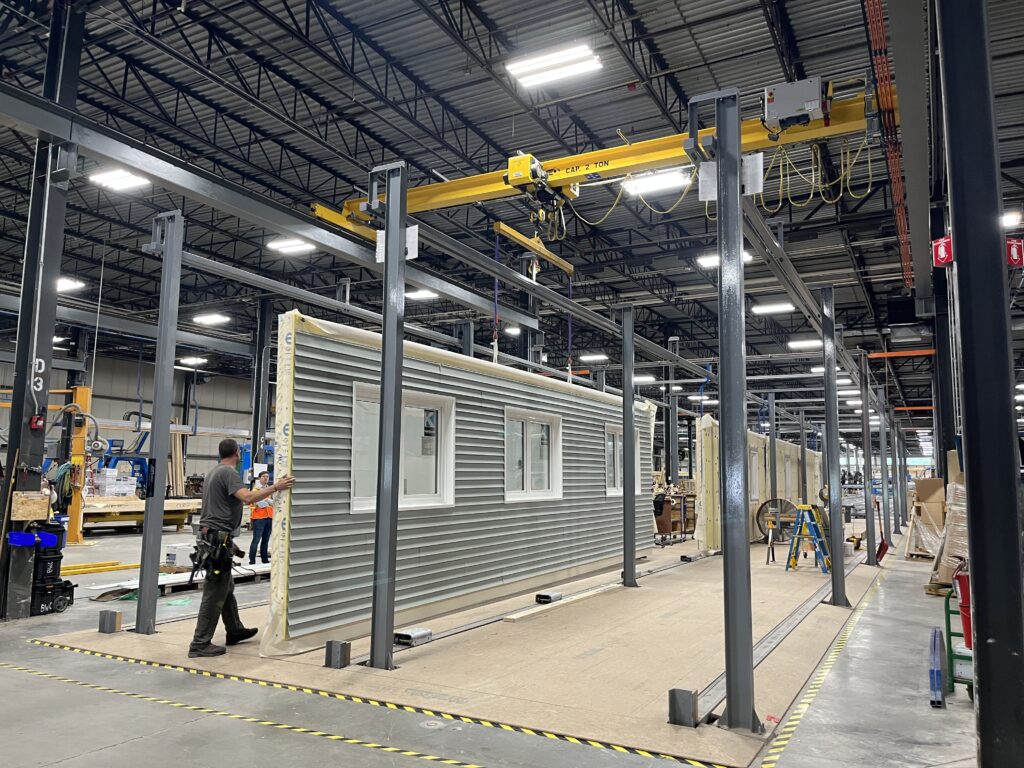
2. It Ensures Quality Control
The offsite construction process begins in a controlled factory setting, with panels and modules being constructed in a consistent, predictable environment. This promotes a level of precision that is difficult to achieve on a conventional job site. Materials are protected from weather-related issues, ensuring they stay dry, stable, and undamaged before installation. Workers in these environments are trained to do specialized tasks, focusing on consistent quality rather than constantly adapting to the changing conditions of a traditional home build site.
The combination of these factors leads to reduced human error and fewer opportunities for costly rework. In fact, a recent study conducted by the Navigant Construction Forum showed that rework in traditional construction can account for 5-10% of the total project cost. By contrast, the controlled environment of offsite manufacturing can nearly eliminate these overruns.
The work at CertainTeed One Precision Assemblies™ (OPA), for example, offers a turnkey approach by integrating BIM models into the offsite fabrication process, ensuring precision from the start. This level of coordination reduces the risk of mistakes during assembly, saving both time and money.
The takeaway for your customers: When construction takes place in a factory setting, we’re able to ensure precision down to the millimeter. Increased precision means decreased rework, and fewer costly surprises once everything is delivered and assembled onsite.
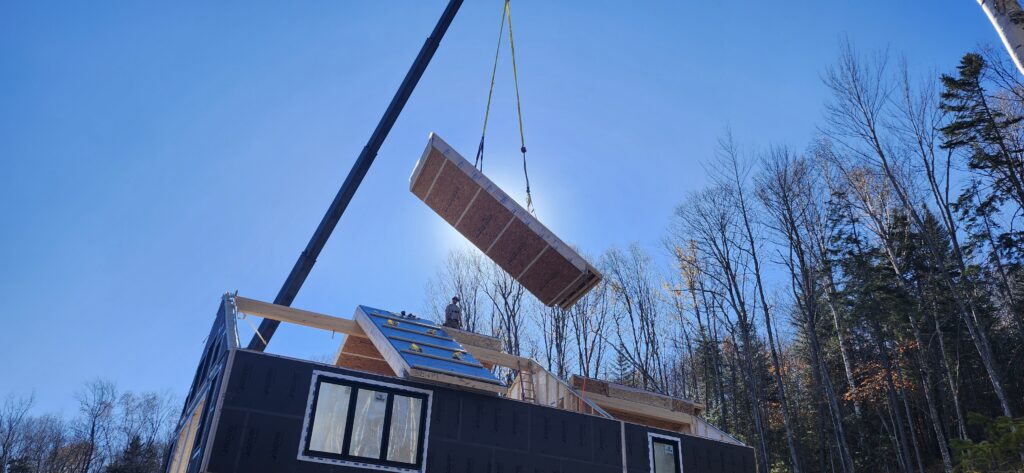
3. It Reduces the Risk of Unexpected Delays
Traditional construction has always been vulnerable to weather conditions, which can throw off a project timeline by days, weeks, or even months. Snow, rain, and extreme heat can shut down a job site and delay critical phases of a project. Adverse weather impacts 45% of all construction projects globally according to one study, and as the climate continues to change, the conditions that cause construction delays are also expected to increase in both frequency and intensity.
Weather isn’t the only site-based risk in traditional construction. Wear-and-tear damage, theft, and vandalism add additional uncertainties and the potential for costly delays.
With offsite construction, these risks are mitigated by the majority of the build work being completed in a factory—and away from unpredictable elements. Even when site conditions are challenging, such as extreme weather or difficult terrain, the bulk of the site prep can take place concurrently with module or module construction, ensuring that once the modules or panels arrive onsite, installation proceeds smoothly.
By minimizing the time spent working on exposed sites, offsite construction significantly reduces weather-related disruptions. Clients and partners who are facing tight deadlines or are operating in regions with less-than-ideal weather conditions often find this particularly appealing.
The takeaway for your customers: Because much of the work is completed offsite, we can mitigate uncertainties and risks from bad weather that normally slow down projects. That means a more predictable timeline for you.
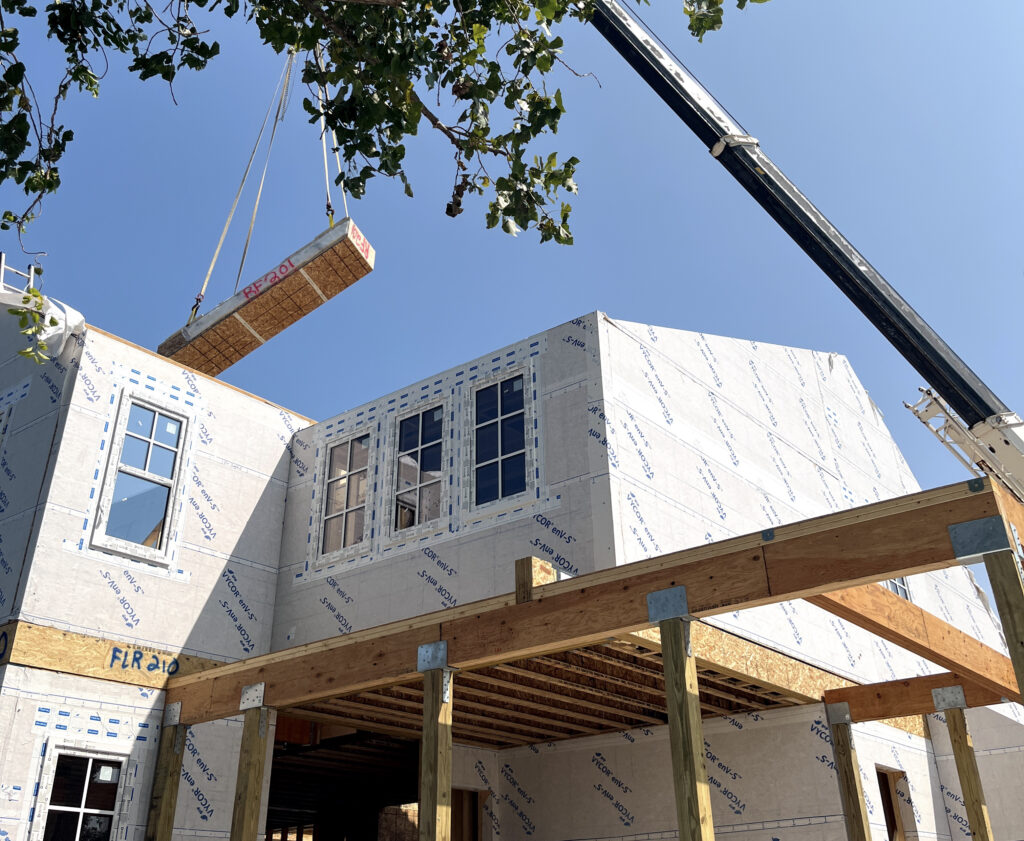
4. It Makes More Efficient Use of Resources
With ongoing labor shortages in the construction industry, finding enough skilled workers to complete projects on time and on budget has become one of the most significant industry challenges in recent years. Offsite construction provides a solution by using labor more efficiently.
In the offsite manufacturing environment, tasks are more standardized, and specialists can focus on their areas of expertise. This not only leads to higher productivity but also allows for better resource management, as materials can be purchased in bulk, stored in optimal conditions, and used more efficiently.
Furthermore, waste (and the cost to dispose of it) is drastically reduced. The Modular Building Institute reported that traditional construction can result in up to 30% of a building’s total weight ending up as material waste, whereas offsite construction can reduce waste to less than 2%, or a 93% reduction in wasted material (and money!).
The takeaway for your customers: With offsite construction, we’re able to maximize efficiency. From optimizing our labor pool to using fewer materials, we can build faster and use resources more responsibly without compromising on quality. This means your project gets done quicker and with less waste.
5. It’s Delivers the Customizations They Want
Homebuyers today are looking for homes that reflect their personal style and meet their specific needs. Offsite construction offers the flexibility to deliver customized designs without sacrificing build time or quality, making it an appealing option for prospective buyers who want more control over the look and feel of their new home. In contrast to the outdated notion that prefabricated homes are simple boxes that lack character, modern offsite construction can put the control into your customers’ hands with extensive design customization, from layout to the finishes.
Offsite manufacturers can work directly with architects, designers, and homeowners to create custom, built-to-spec layouts that suit the buyer’s preferences. Whether it’s an open-concept living area, larger windows for natural light, or energy-efficient appliances, customization can be built into the process. This ensures that the home doesn’t just meet energy and durability standards, but also aligns with the personal aesthetic and functional desires of the homeowner.
Moreover, because offsite components are fabricated in a controlled environment, achieve the highest level of craftsmanship is easier, ensuring that high-quality materials, including custom cabinetry, premium countertops, and specialty flooring—are installed with precision. This attention to detail often results in a better overall fit and finish compared to traditional construction methods, where unpredictable site conditions can sometimes compromise the final quality.
The takeaway for your customers: Offsite construction can offer a highly customizable home design that fits your unique needs and style, without compromising on build time or quality. You get the best of both worlds—speed and personalization.
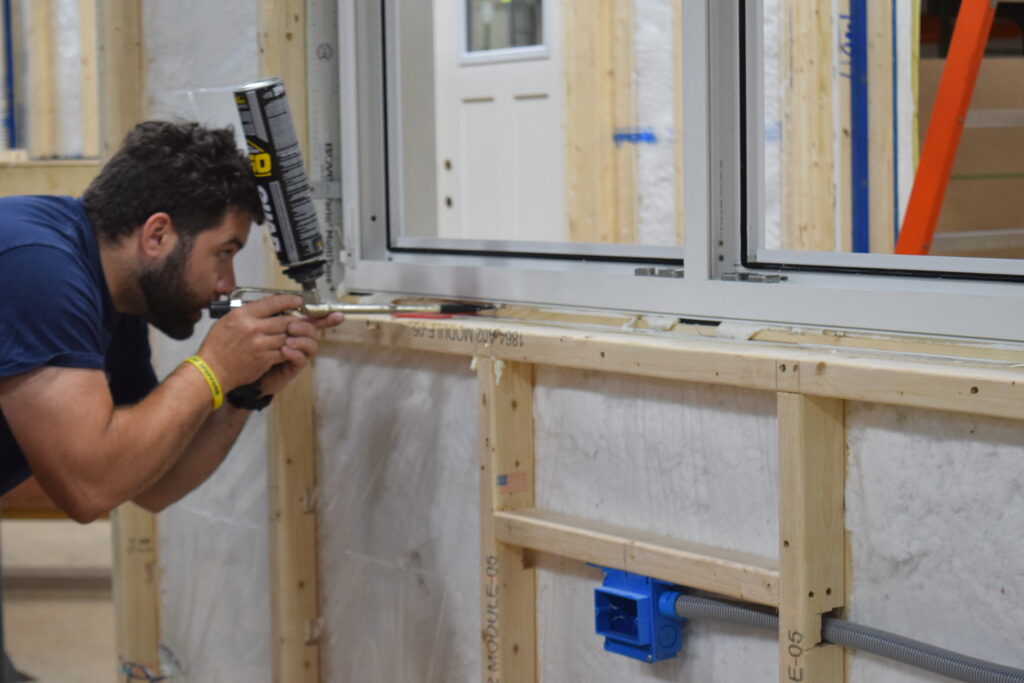
Offsite: Fast, Efficient, and Ready for Scale
The home building industry is evolving, and more clients are realizing that offsite construction is not a compromise but an opportunity to build faster, better, and more sustainably. As more projects push the boundaries of what’s possible with offsite construction, the conversation becomes even easier.
So, the next time a client is on the fence or needs reassurance, remember these five talking points. Offsite construction isn’t just faster; it’s smarter, more predictable, and ready to deliver the quality and efficiency that today’s construction demands.
By continuing to communicate these core benefits effectively, you can help usher in a new era where offsite construction becomes a core element of the construction process. The faster we can demonstrate its advantages, the quicker we can reshape the future of building—one efficient, high-speed project at a time.


